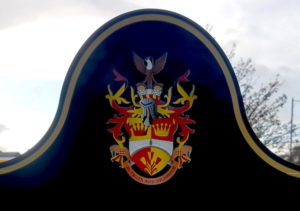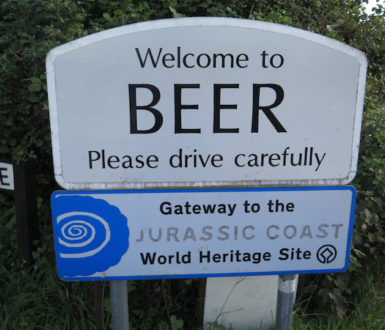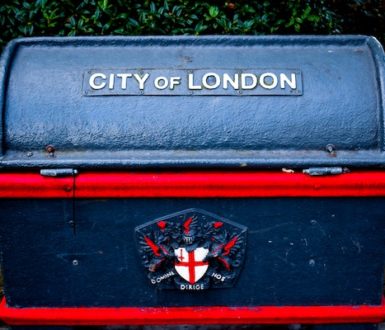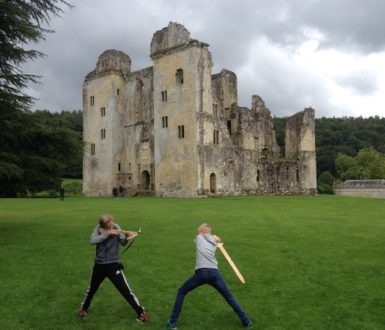The history of heraldic symbols - and how to get your own

If you have ever wanted to be a medieval knight, you will know that one of the most important things you will need is a decorated shield, and probably a matching flag as well. What you might not know is that this tradition did not disappear after medieval times. The place that can grant you these things (the ‘College of Arms’) still exists – and the good news is that you can still be granted your own coat of arms, although in Scotland, you need the Lord Lyon, King of Arms.
Heraldry – which means personalised shields and related items – started in Europe in the 1100s as symbols of power and social standing. The shields were later developed into a ‘coat of arms’, which brings various design elements together as a sort of picture.
The items on a coat of arms are not random. All have symbolic significance and follow a strict set of rules. There is always a shield in the centre. The shield usually has symbols to reflect personal qualities like bravery, wisdom or speed, or might show a picture version of the person’s name.
Above the shield is usually the helmet from a suit of armour, with ribbons either side. These ribbons are the stylised remains of the mantling, a cloth worn over the helmet as sun protection. The ribbon detail is because it would get ripped during battle.
On top of the helmet is a coronet: some sort of crown or hat. Above that is the crest, often a bird or animal. Sometimes there are supporters too – these are symbolic animals either side of the shield. There might also be a personal motto underneath. Some people have a separate, simpler design called a badge. This early form of branding might be used as a personal seal, or would be worn by supporters and relatives, perhaps on an item of jewellery.
A ‘grant of arms’ – the right to have a coat of arms – is always to a single person (historically it was a man) and it passes to all legitimate sons. If there are no sons, it can pass to a daughter. That means only a specific family has the right to it, never a surname generally. It is also possible for organisations to be granted arms, such as cities, towns, universities and hospitals. In recent years, this has included commercial organisations.
If you want your own coat of arms there are a few rules. You need to be British or of British descent, although American and Commonwealth citizens can be granted ‘honorary arms’ as long as you have an ancestor from British times. You must also have some sort of reason – perhaps achievements in your profession, academic success or respect at a local or national level. You will also need money because the fees are over £6,000.
If you don’t fall into these categories, don’t worry. There is nothing to stop you making your own coat of arms for fun. The English Heritage website has guidelines for anyone wanting to design their own.



